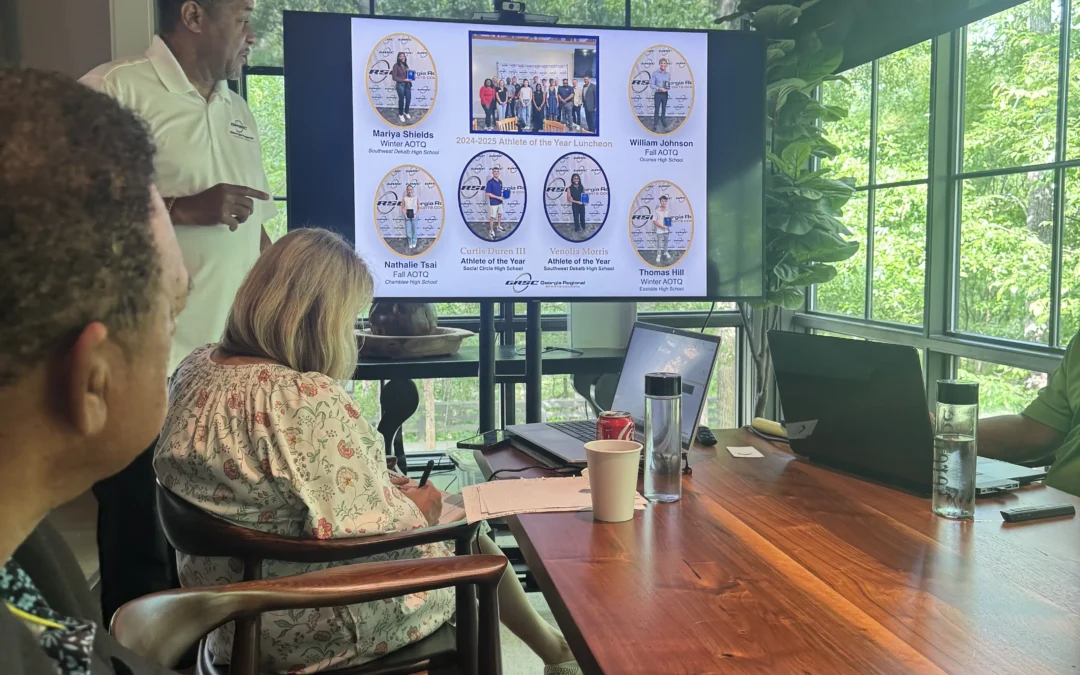Jasmine Johnson, a senior at the Rockdale Magnet School for Science and Technology, was one of only 100 students in the country invited to present her scientific research project at the White House Science Fair this past Monday. Jasmine presented her work in the Red Room of the East Wing to top U.S. officials such as the Chief Technology Officer of the United States, Todd Park, and the Director of the National Institutes of Health, Francis Collins. She also had a chance to share her research with popular television science celebrities such as Bill Nye and LeVar Burton. She was also an invited audience member during President Obama’s speech to celebrate the occasion and Earth Day. After touring exhibits, the President congratulated the students on their extraordinary accomplishments and announced his Educate to Innovate campaign—an effort to get more girls and boys inspired about Science, Technology, Engineering, and Math. In his speech President Obama said, “We’ve got to do everything we can to make sure that we are giving these young people opportunity to pursue their studies and discover new ways of doing things. And we’ve got to make sure that we’re also leaving behind a world that is safer and cleaner and healthier than the one we found. That’s our obligation.” She was selected to participate in this White House Science Fair by the National Center for Women in Information and Technology (NCWIT). Her research teacher, Amanda Baskett, accompanied her on the trip to the White House along with Dr. Quincy Brown, a NCWIT professor. NCWIT is a non-profit organization that works to increase female recruitment and involvement in STEM fields, particularly technology. Jasmine submitted her work to them this fall and was recognized as a national runner-up in their Award for Aspirations in Computing.
“I am excited about the future possibilities for Jasmine and her outstanding research and I congratulate her on this honor,” says Superintendent Richard Autry. “As we increase our STEM programs and options throughout our district, we will continue to see more students involved with national and international projects and recognition programs. We have incredible faculty and staff who are dedicated to preparing our students for this rigorous work that reaches well beyond the classroom and perhaps will change the world we live in.”
Jasmine presented her work to identify genes that regulate sleep and determine the importance of these genes using a mouse model. Starting with 28,000 genes, she was able to narrow down a list of seven genes of interest. After intensive study of these genes, she found many related to neurodegenerative diseases, cardiac defects, body weight and fetal size. Additionally, the genes she found were related to different processes of the body such as ether metabolic process, RNA processing and much more. The genes that she found can serve as future gene knock-out models for study into the relationship between sleep and the different diseases and functions of the body. She started working on genetics research as a sophomore after her research teacher introduced her to scientists at the Jackson Laboratory in Maine. During her junior year, she collaborated electronically with her mentors in after school teleconferences. She continued her work this past summer during the Summer Student Program where she lived and worked in Maine beside leading genetics researchers. She has been invited to work at the lab again this summer.



